In this article, I will present latest history of wool with geographical distribution. Wool is the natural highly crimped textile fiber obtained from a different variety of sheep. Wool is perhaps the oldest fiber known to humans. It was the first fiber spun into yarn and into fabric. Wool has been used for clothing and other purposes for thousands of years by different tribes and nations all over the world. The sheep’s fleece is removed once a year by hand or power clippers. The fineness and properties of wool vary depending on the variety of sheep from which it was derived. Wool is composed of a complex protein known as keratin, which has many active side groups. The main types of wool are merino, alpaca, camels, goats, and others.
History of Wool:
The history of wool began long ago, before recorded history when primitive man first clothed himself in woolly skins of the wild sheep he killed for food, before recorded history. He had discovered a durable fabric that gave him what no one else could give: protection from heat and cold, from wind and rain. In the heat of the day and at night, it was cool and warm, absorbing moisture without feeling wet.
When the sheep shed its fleece, this could be spun and woven into cloth. Eventually, people realized that killing sheep only for their meat was a waste of food and resources. In addition, as soon as he became a shepherd with his dog, one of the first domesticated animals, he devised a way to produce clothing from the fleece. The northern European tribes began spinning and weaving wool cloth even before 10,000 BC. The wool was taken in one hand and drawn out, then twisted into a thread using the fingers of the other hand, creating a thick, uneven yarn. Later, a crude spindle was developed by fitting a stone or clay ring to the end of a short wooden stick. The ring acted as a flywheel and allowed yarn to be wound onto it. The method of spinning wool has been used for thousands of years and is still used by peasant communities throughout the world today. Weaving involves crisscrossing wool threads in order to create cloth.
The Britons had developed a wool industry by the time the Romans invaded these islands in 55 BC, and this was encouraged by their new masters. The Saxon invasion of the fifth century nearly destroyed the British woollen cloth, which was considered comparable to a spider’s web by Roman emperors. But it is known that in the eighth century Britain was exporting woollen fabrics to the Continent and that after the Norman conquerors arrived in 1066, wool became England’s greatest national asset by the twelfth century. During this period, cloth production was widespread, particularly in southern and eastern England, which was close to the Continent. However, raw wool exports brought the greatest wealth to England. A king and his ministers valued the revenue that resulted from exports and export taxes-and the power they gave him, as he could grant or withdraw concessions to wool towns and industries. Guilds of weavers were created to guarantee good work by experienced craftsmen, and they were powerful for centuries. The Staple was established-a mart where raw wool for sale abroad had, by law, to be sent and where export taxes were collected by the king. Staple towns were originally located in Flanders, an important textile manufacturing area, but later moved to England, where they became Staple towns. Production reached its peak in the thirteenth century. Political strife caused the wool trade to decline for a long period of time.
King Edward III encouraged Flemish master weavers to settle here in 1331.They and their descendants were to play a part in the final ascendancy of English cloth. The export trade in raw wool recovered, and English wool farmers enjoyed prosperity in the first half of the fourteenth century. In 1349, the population was decimated by the bubonic plague (the Black Death) and the long war with France (export taxes on wool were one of the main means of funding the war). Three quarters of the population of many villages died. It led to an increase in sheep flocks, since there were not enough people left to cultivate the land for arable crops.
In China, Babylon, and Egypt, wool felts were known 7000 years ago. By the time of the Iron Age, cutting tools were invented, which made shearing possible rather than pulling the wool. People spread civilization outside the warm climate of Mesopotamia due to the warmth of wool clothing and the mobility of sheep. It took the Romans and Greeks between 3000-10000 DC to spread sheep and wool throughout Europe. The Romans took sheep everywhere in their Empire, including the British Islands. Merino, Lincoln, Leicester, Sussex, Cheviot, and other sheep breeds are the main breeds of wool that the British took to all their colonies. Merino sheep have the finest wool and were bred in Spain in the 14th century. Australia began breeding sheep at the end of the 18th century. It produces about 14% of the world’s sheep.
Geographical Distribution of Wool:
There are 2 million tones of wool produced each year, 60% of which is used for clothing. Wool constitutes 3% of the global textile market, but its price has increased due to dyeing and other modifications. Australia is the second largest wool producer in terms of total weight. New Zealand (2016) is the third largest wool producer, and the largest crossbred wool producer. Merino sheep dominate Australia. In the United States, Rambouillet (or French Merino) sheep are popular for carpeting. Lincoln, Romney, Drysdale, and Elliotdale sheep produce coarser fibers. A thriving home-flock contingent of small-scale farmers raises small hobby flocks of specialty sheep for hand-spinning. Geographical distribution of wool according to Global woolclip (total amount of wool shorn) 2020 is shown below:
- China: 19% of global wool-clip
- New Zealand: 8%
- Turkey: 4%
- United Kingdom: 4%
- Morocco: 3%
- Iran: 3%
- Russia: 3%
- South Africa: 3%
- India: 3%
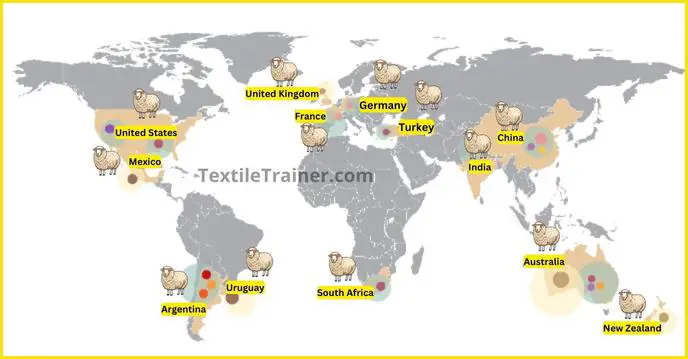
As organic wool has become more popular, it has become easier to find in clothing and other products, but the products often carry a higher price tag. Organic wool is limited in supply, and much of it comes from New Zealand and Australia. Finally we can say, wool producing countries are Paskistan, India, Great Britain, Turkey, South Africa, Uruguay, Argentina, New Zealand, Former USSR, China, Australia, United Kingdom, Morocco, Iran, Russia,
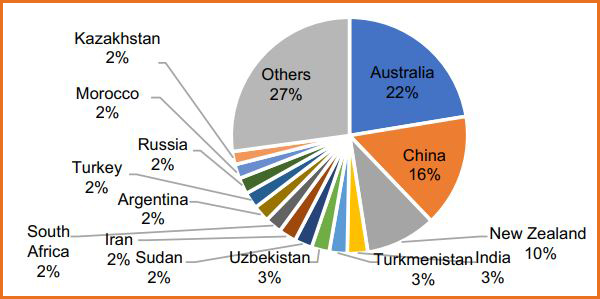
Reference:
- Dr. Hosne Ara Begum, P. D. (n.d.). Natural fibers. Dhaka: Hafiz book center.
- Kaplan, N. (2006). Textile Fibres. New Delhi: Abhishek Publications.
- Nakamura, A. (2005). Fiber Science and Technology. Delhi: Allied Books and Publishing Co. Pvt. Ltd.
- https://www.sheepcentre.co.uk/wool.htm
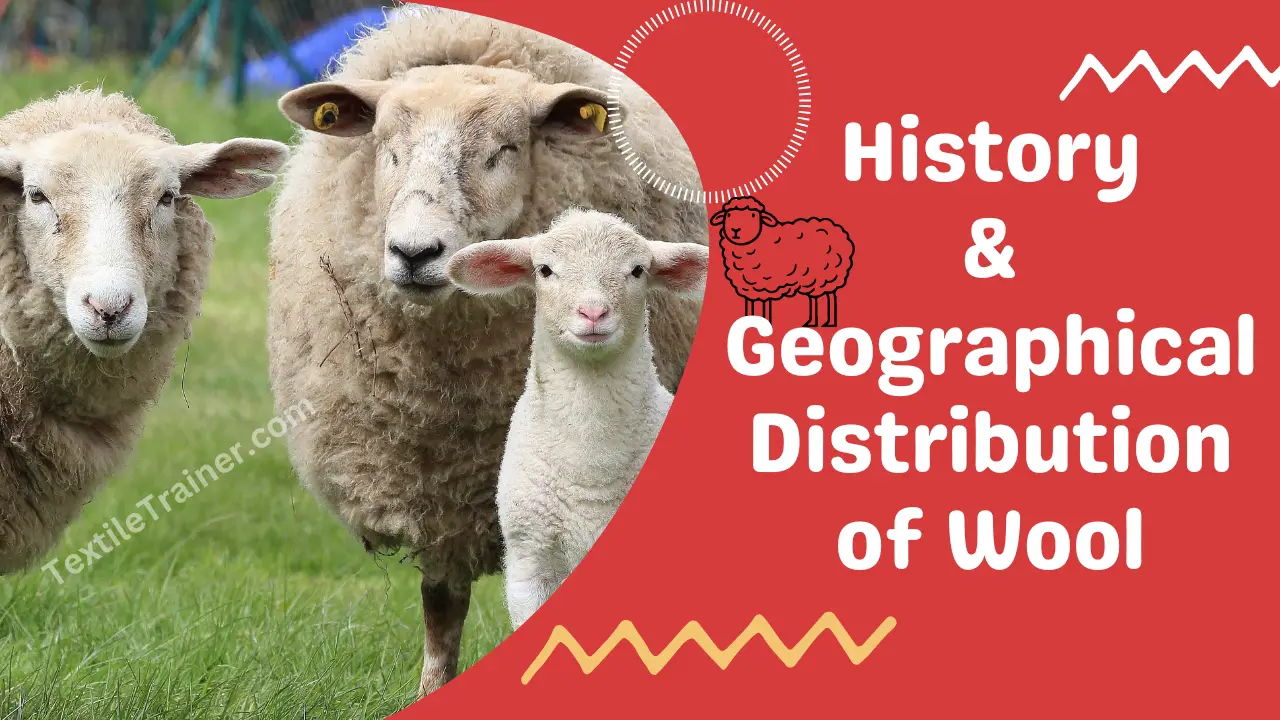

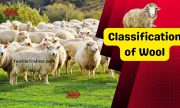

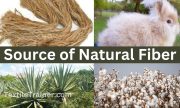
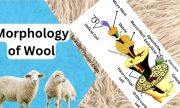

8 thoughts on “Latest History of Wool with Geographical Distribution is Described Easy Way”